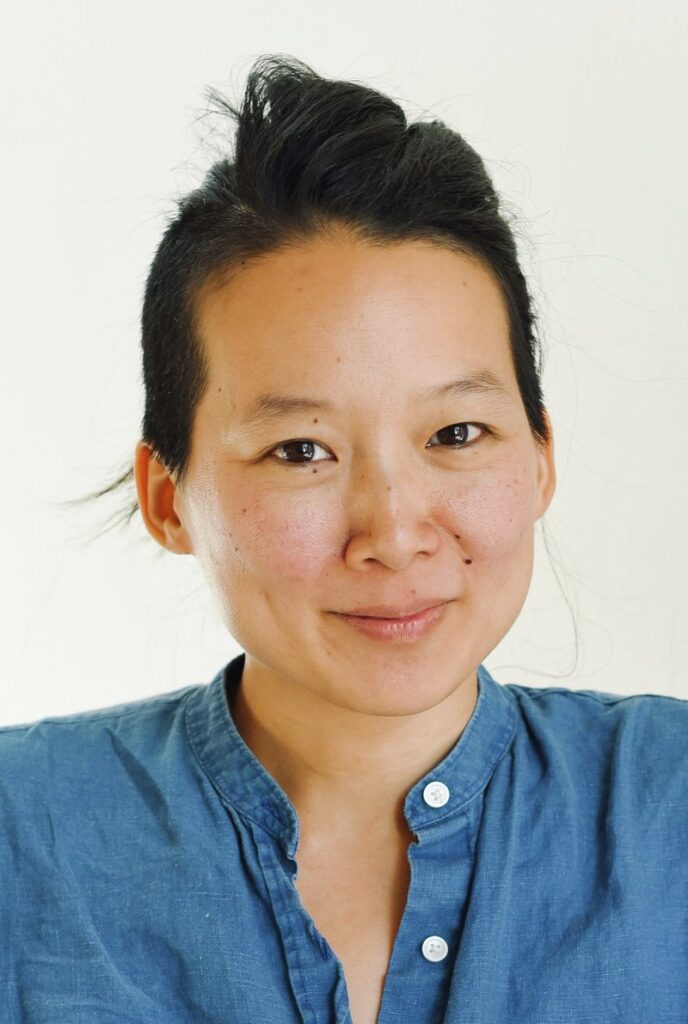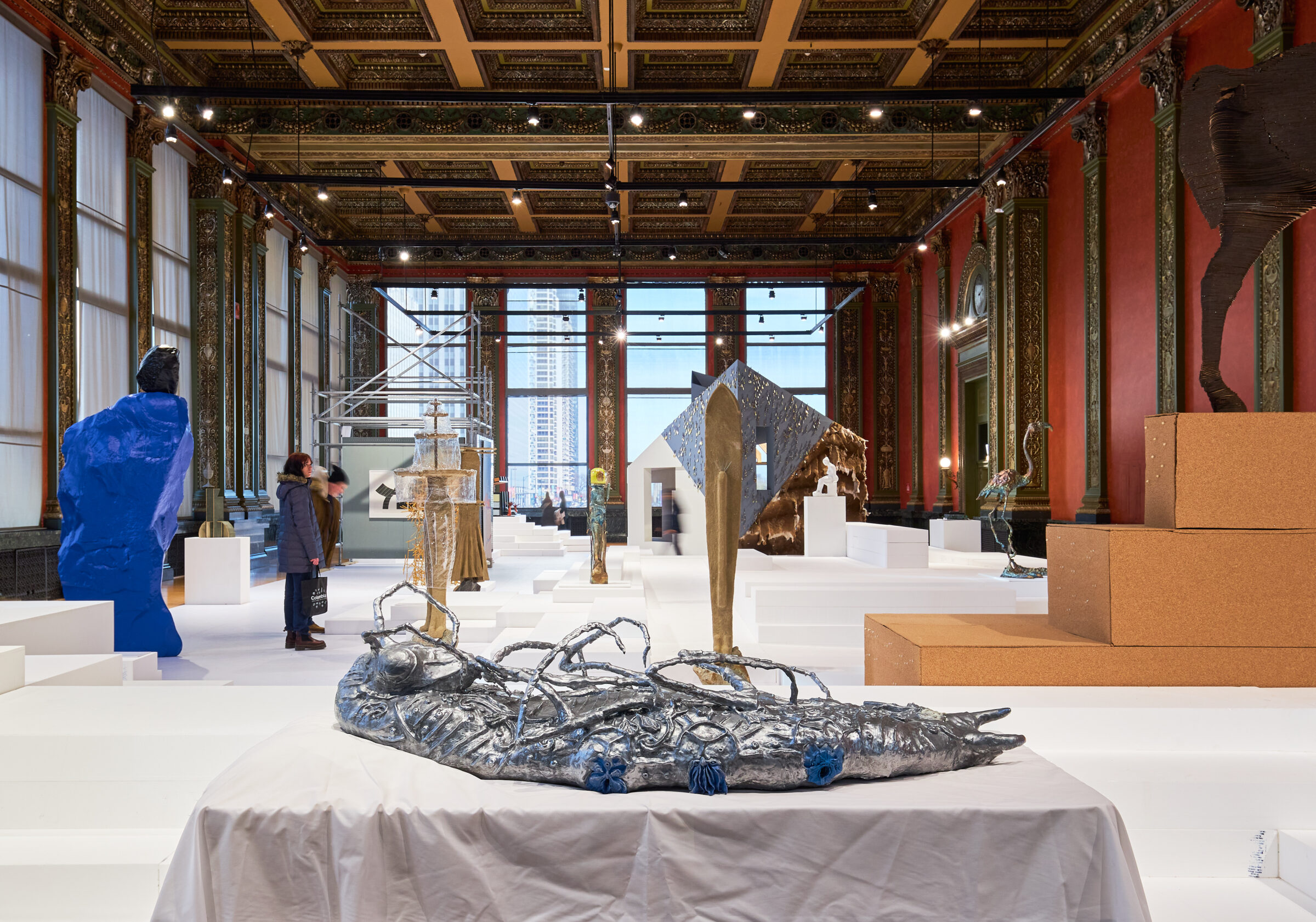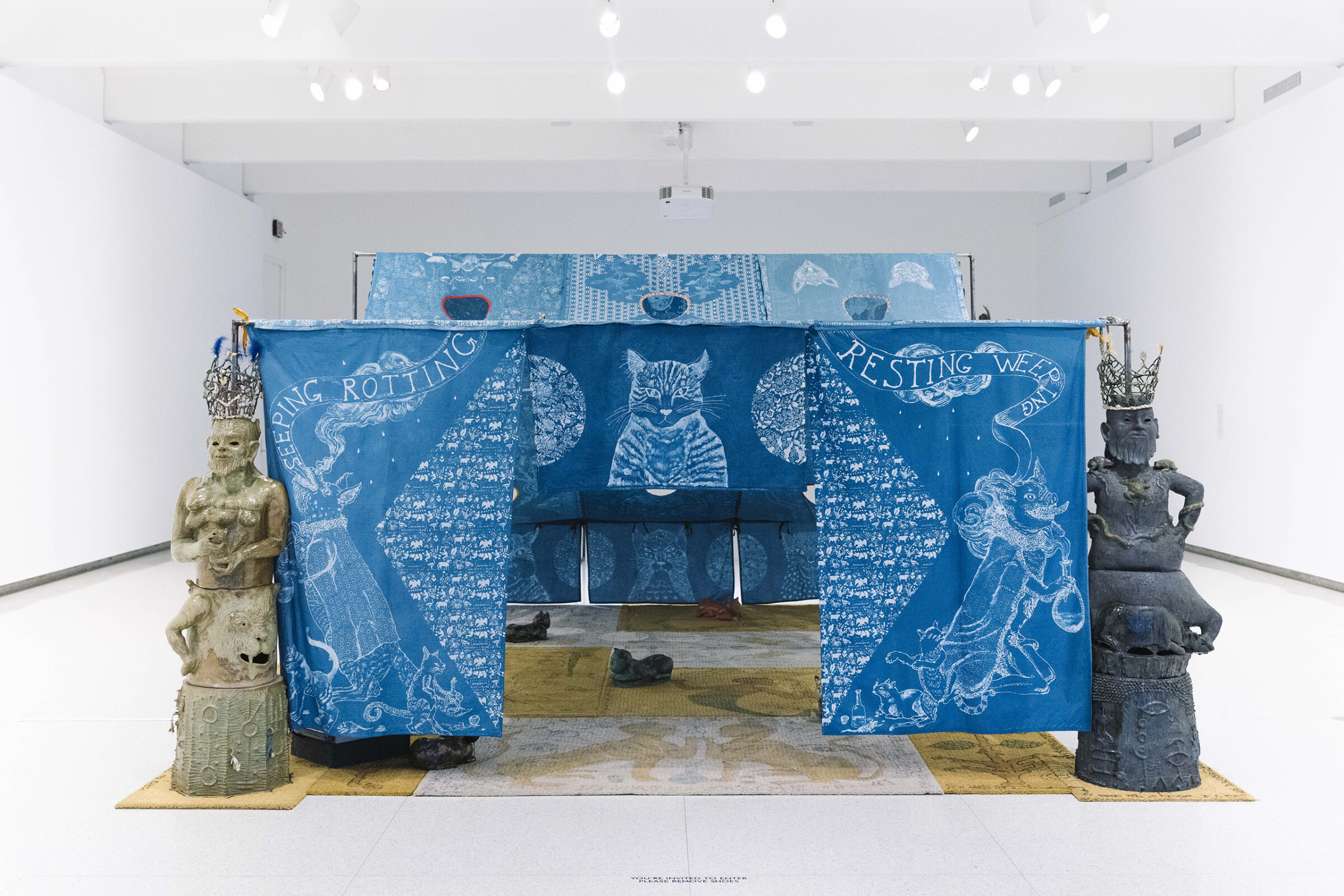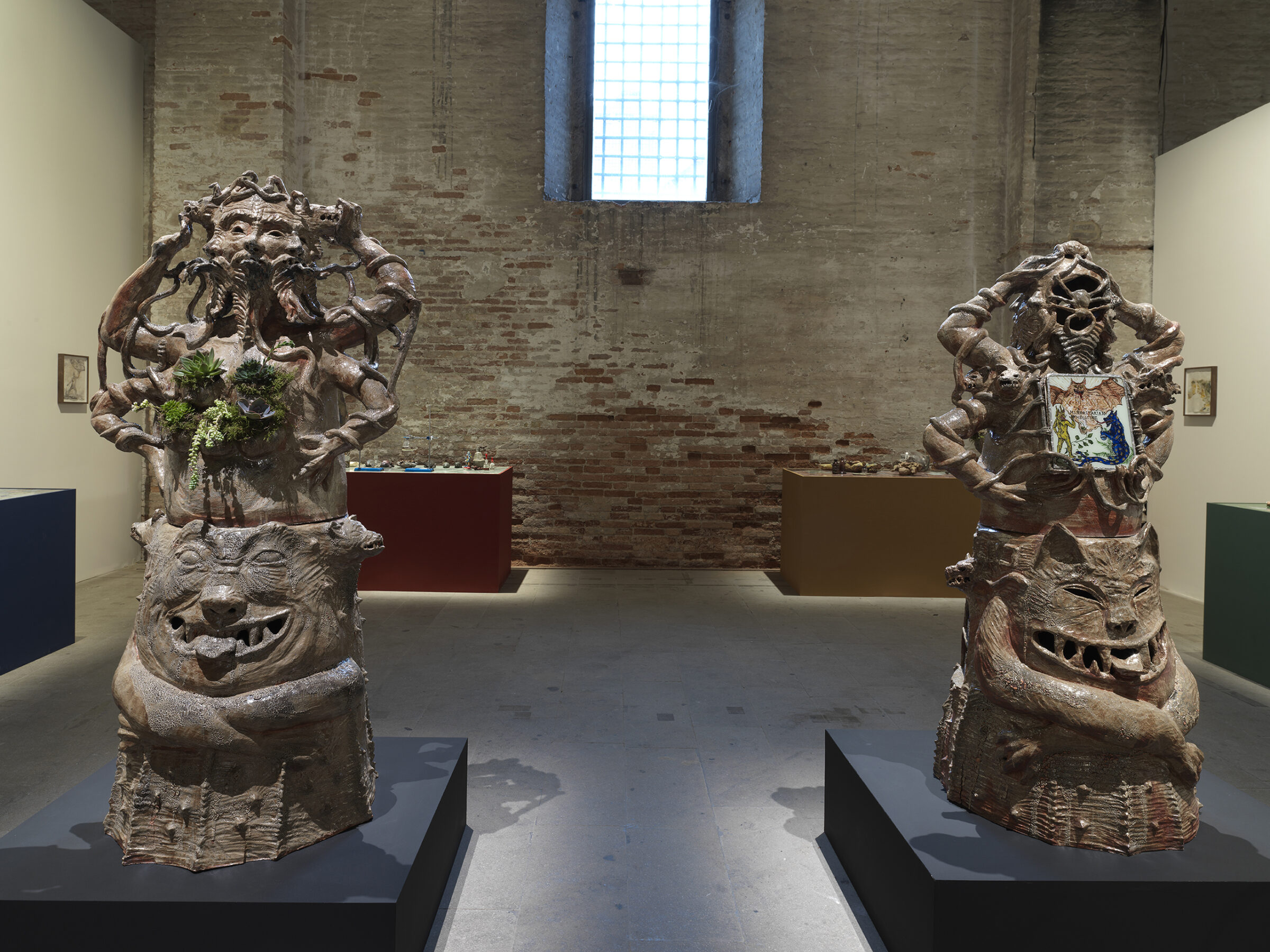Candice Lin

Los Angeles, United States
WebsiteCandice Lin is an interdisciplinary artist whose work deals with the politics of representation and issues of race, gender, and sexuality through histories of colonialism and diaspora. Lin works with installation, drawing, video, and living materials and processes, such as mold, mushrooms, bacteria, fermentation, and stains. She has had recent solo exhibitions at Spike Island, Bristol, UK (2022); The Carpenter Center for the Visual Arts, Cambridge (2022); Walker Art Center, Minneapolis (2021); Guangdong Times Museum, Guangzhou, China (2021); and the Govett Brewster Art Gallery, New Plymouth, New Zealand (2020). Lin’s work was included in the 59th Venice Biennale, The Milk of Dreams (2022), Prospect.5 Triennial Yesterday We Said Tomorrow (2022), and both the 13th and 14th Gwangju Biennales (2021, 2023). She is an associate professor of art at the University of California Los Angeles.
CAB 5 Contribution
Project Overview
Metamorphosis in Space, 2013
In Metamorphosis in Space, a human-size cockroach lies on its back on an unmade bed. The sculpture is part of Candice Lin’s installation The Long-lasting Intimacy of Strangers, which looks at theories of evolution, biology, race, and gender. The sculpture references both Franz Kafka’s 1915 novella The Metamorphosis, as well as scientist Lynn Margulis’s once controversial but now accepted notion that evolution occurs not by “survival of the fittest” but through coevolving symbiotic relationships. Metamorphosis in Space was inspired by a specific, scientific study of the bug genus Coridromius, an insect in Australia that coevolved to form false vaginal sheathes as a way of protecting its reproductive agency against rape. The silicone fissures in the sides of the sculpture’s body have bat faces drawn from the work of Ernst Haeckel, a German zoologist whose work championed Social Darwinism and eugenics and contributed to Nazi ideology. In Margulis’s coevolutionary theory, which opposed Social Darwinism, she described how new cellular forms emerged from different cells working together and eventually forming a new type of cell. This collaboration is not always without violence. A new cell can also be formed when one cell attempts to consume another but is unable to digest all aspects of it. Those undigested remnants remain intact within the cell, creating a whole new cellular form. Lin examines this concept metaphorically as she thinks about how science, desire, consumption, and othering shape how we conceptualize race and gender.
Courtesy the Artist and François Ghebaly
Past Works
Project Overview


